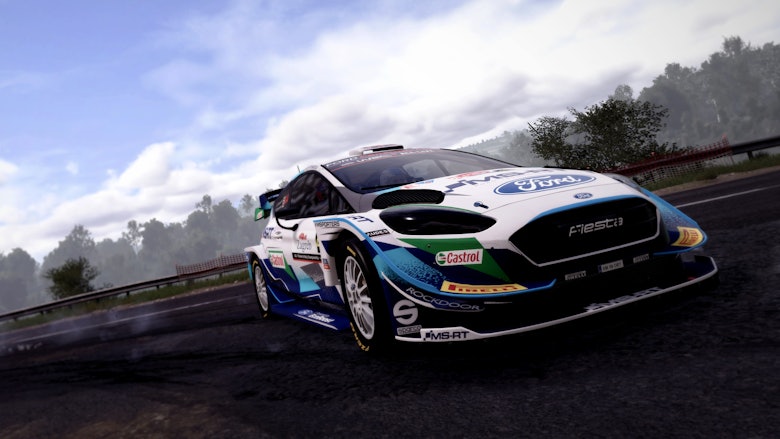WRC10, the latest offering in the World Rally Championship’s official video game franchise, will soon be released to awaiting rally and sim racing fans around the globe – albeit with North America getting it slightly later than Europe.
Is it any good? Is it worth shelling out for the new game if you’ve already got WRC9? What if I’m not a dedicated gamer – is this still for me?
We’ll answer those, and several other questions, right here. And we called in some expert help so you sim racers don’t miss out on the important details.
Is WRC10 any good?
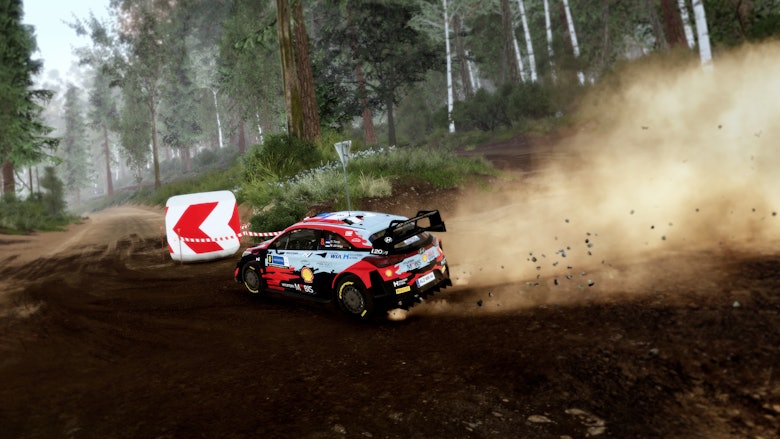
It depends on your point of view, to an extent.
I was initially miffed to find my Steam copy of WRC10 didn’t recognize my Logitech G29 at all – though after giving up for a day or two, plugging it once the game was already running (rather than before start-up) seemed to do the trick.
During my initial befuddlement at this peripheral connectivity issue, I gave WRC10 a go with a wireless gamepad.
Bad idea. No, terrible idea. Don’t do this.
If you’re looking for a game to pick up and play with a standard console pad, have some quick fun and then move on, don’t buy this game. Steering inputs in WRC10 require a level of precision that analog sticks aren’t physically capable of providing.
I couldn’t even finish a stage without crashing, my attempts to modulate steering inputs with my left thumb as if I were trying to crack a miniaturized safe with it being entirely in vain. The only thing getting cracked was the sump of the vehicle I was driving in-game as I veered off the road for the hundredth time.
But that’s about it for bad news. The rest is more positive. If you’ve got a wheel and pedals at home – even the bargain basement G29/G920 like me – you’re off to a good start.
Unlike the official Formula 1 game, which has very much gone in the direction of casual pick up and play, the WRC’s official title has edged further towards a sim-like approach with its improvements this time around. It’s very much evolution, rather than revolution, from WRC9.
I last sampled an instalment of the WRC games franchise back with WRC7. I hated it. The physics were terrible, the inputs felt laggy and I gave up using it after a week.
WRC10 feels a million miles away from that. If you skipped WRC9 because of the middling offers before it, give this new title a go.
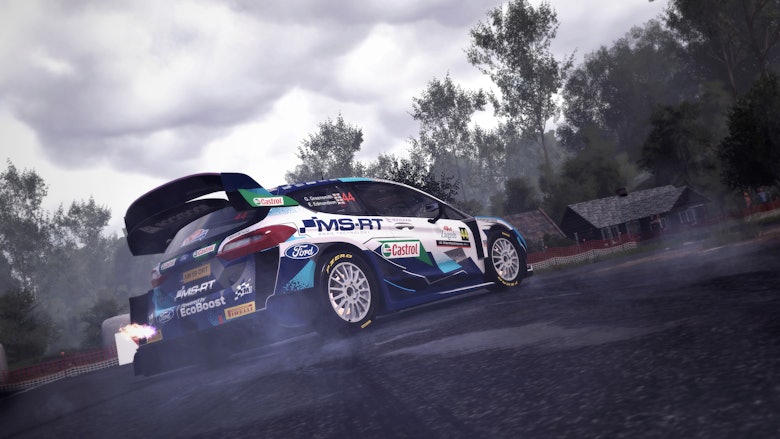
Graphics remain so-so and the sound is a little questionable at times – revving the Porsche 997 GT3 in cockpit view caused a strange ‘echo’ effect, as if the exterior noises were playing half a second behind the interior sounds. But refinement to the physics makes WRC10 a challenging yet rewarding experience when you get it right.
Managing weight transfer makes a huge difference in WRC10. This was especially apparent when scything through faster sections of Spanish asphalt – merely lifting off the throttle mid-turn made such a big difference to the car’s balance that momentum spun the car around and off the road. Commitment is the name of the game as indecisive driving makes the car even harder to control.
Staying on the swept line on loose surfaces is also key. There are two sides to that coin – it makes the stages less forgiving and potentially more frustrating if your racing lines lack precision, but it does enhance the realism somewhat. Running off into the looser gravel off-line that’s been ‘swept aside’ has a noticeable effect.
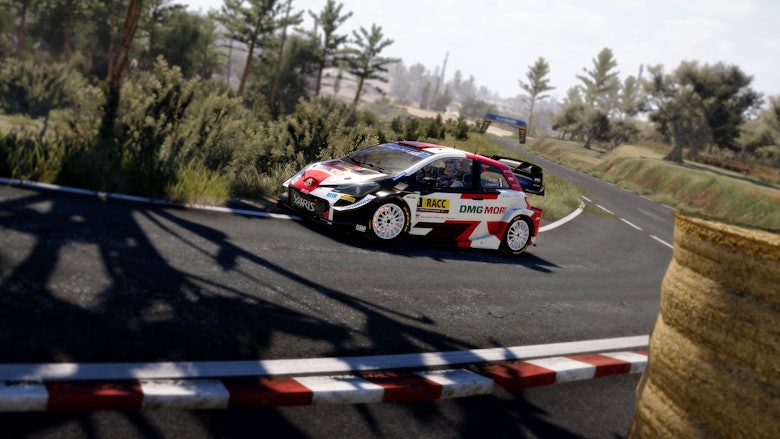
But don’t worry, this isn’t a Sébastien Ogier simulator. There’s no starting first on the road and sweeping loose gravel away to slow you down in WRC10.
With a steering wheel and a set of pedals, you can see and feel those nuances. I tried it on a basic set-up with a gear-driven force feedback wheel and rudimentary pedals and could still feel the nuances of the physics and stage surface modeling.
Is it worth upgrading from WRC9 to WRC10?
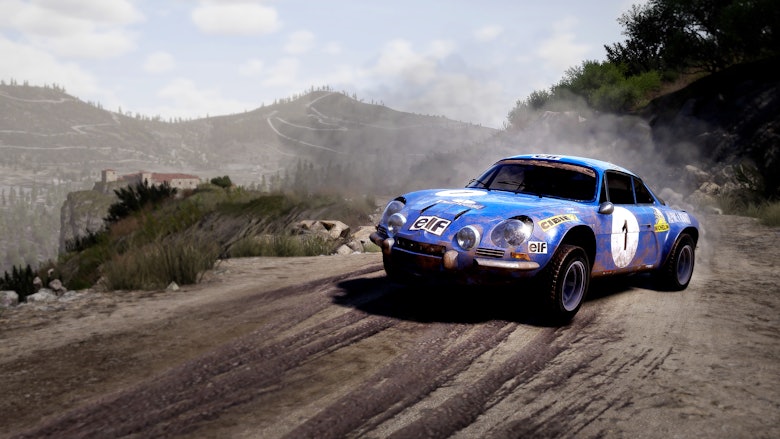
WRC10 is fundamentally the same game as WRC9 under the hood – its forerunner was the first time Nacon had finally cracked the driving experience, so why radically alter it? Instead, they’ve worked on refining what was built for the last game and added a dollop of new content on top.
The great news is lots of that brand new content will have us rallying fans watering at the mouth. There’s a WRC 50th anniversary mode, bringing with it iconic rallies of the past; Sanremo and New Zealand are particular highlights.
You can theoretically drive any car you like on the retro stages as they’re available in quick play mode with free car selection, so anyone wondering what a current WRC car would be like on Sanremo’s narrow asphalt lanes can find out for themselves. The biggest compliment I can give the throwback rallies is most of the spectators are standing in fairly stupid places – so it’s realistic.
Changes to the driving experience are subtle but positive, and there's the promise of eight anniversary events by November plus Acropolis and Ypres
As was the case in WRC9, Nacon has had to handle the nightmare of sudden calendar changes. That means some compromises – it would have been unreasonable to expect Arctic Rally Finland to be included given the short notice it was added to the WRC calendar, so Rally Sweden has been left in its place.
Other rallies that have disappeared off the calendar have remained in-game – Rally GB fans will be happy to know they can still thread Elfyn Evans’ Toyota Yaris WRC through Dyfi, Brenig, and a couple of other Welsh stages. Rally Chile has also stuck around for WRC10.
Acropolis is only available as a historic event at launch, forming part of the 50th anniversary mode, but the first update should include both it and Ypres Rally. The best news? It’s not paid DLC – everyone’s getting them for free.
There’s a handful of additions to the vehicle roster too – ST165 and ST185 variants of the Toyota Celica are new to WRC10, as is Petter Solberg’s Citroën DS3 from 2011. That’s about all, though – the new Hyundai i20 Rally2 clearly made its debut a little too far into the WRC2 season for it to be included by developers here.
There’s also a new livery editor, though I’m not particularly impressed. It follows the same mold as titles such as Forza and Need For Speed in its editing functionality, though many of the built-in shapes and designs are locked behind achievements. That might make sense for a story-based game like Need For Speed but WRC10 has moved firmly into grown-up sim-racing territory – I’ve paid for the game, give me all the editing options.
And it’s also lacking Gran Turismo’s excellent upload feature, which makes drawing up complicated designs a cinch by allowing users to design graphics on their computers and laptops, then upload them to GT servers to deploy on car liveries in-game. WRC10’s offering is an improvement over no livery editing but it’s not as good as I’d hoped it would be.
So, is it worth dropping the cash for WRC10 if you’ve already got 9? Yes.
The changes to driving experience are subtle but positive and the livery editor isn’t a gamechanger but with a promise of eight new ‘anniversary’ events by November via free DLC plus Acropolis and Ypres, the rallying fan in me can’t wait to get my hands on the new stages coming in future updates.
What do pro Esports drivers think of WRC10?
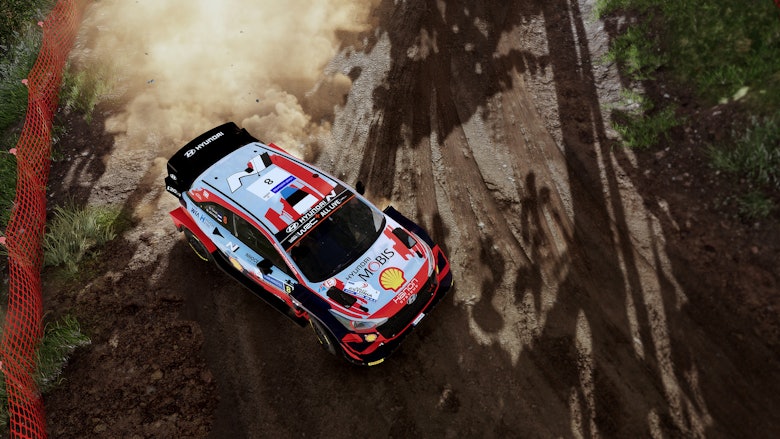
I am but a lowly casual gamer. Rocking a mere Logitech G29 mated to a Playseat Evolution seat, I’m hardly the bastion of sim racing game reviewers. So I called in a heavyweight. Someone who could notice if the amount of friction generated by going through a puddle in WRC10 was different than from WRC9, or could notice if the snowbanks in Torsby had gone from firm and forgiving to soft and risky.
Williams Esports (yes, as in the F1 team) driver Josh Fox knows his stuff. He finished 22nd in WRC Esports this year and has been a contender for the iRacing Rallycross World Championship on more than one occasion. And he does dirt track racing in a sprint car – so he knows what the loose stuff feels like in the real world, not just in a simulator.
When I say he’s a pro, I’m not kidding. Our ‘debrief’ lasted a whole hour – the detail in his analysis is like catching up with engineers in the service park after finishing a loop of stages.
You can feel the car carry its momentum and inertia and have its free rotation, which you need to be aware of in the steering. I didn't notice that so much in WRC9Williams Esports driver Josh Fox
“The surface of a road may have some debris, or snow, or something else which has built up outside of the normal line, and this creates some differences in the grip,” Fox tells DirtFish.
“It can be really tricky, particularly Monte Carlo, which has a couple of good sections like this.
“One thing that was consistently different across all surfaces is that the front tires feel sharper. They’re much more reactive. It’s a bit twitchy, perhaps, and there’s definitely an added challenge in the driving that comes with it, particularly when combined with the changes made to stage surfaces. It’s much more on edge and the drivers will need to be more technical in their approach.”
That would explain why I couldn’t stop spinning for the first half-hour of driving, then.
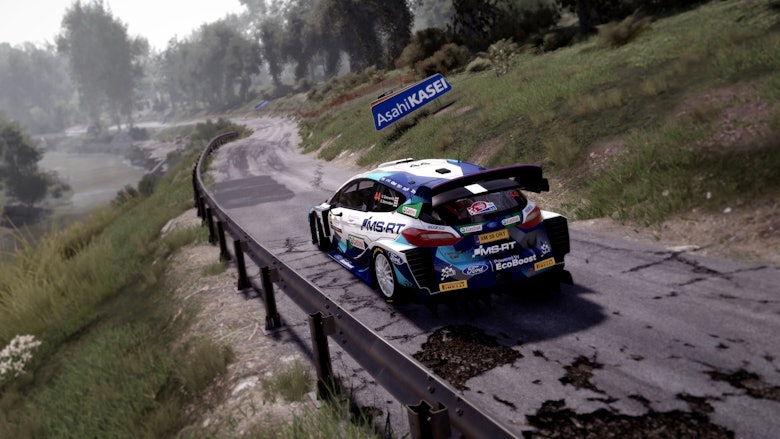
“You can feel the car carry its momentum and inertia and have its free rotation, which you need to be aware of in the steering, anticipate and correct for. I didn’t notice that so much in the previous game. The tires felt flat on the road all the time and you could be really abrupt with pedal inputs and it didn’t affect how the car reacted.
“They’ve tweaked it so that the car responds through the suspension, feeling the travel as the weight shifts. It’s more subtle than the real-life sensation but there are elements of it there.”
Fox also believes it’s a less forgiving endeavor than WRC9 was. Out-brake yourself in WRC10 and you’re going to struggle to make the turn.
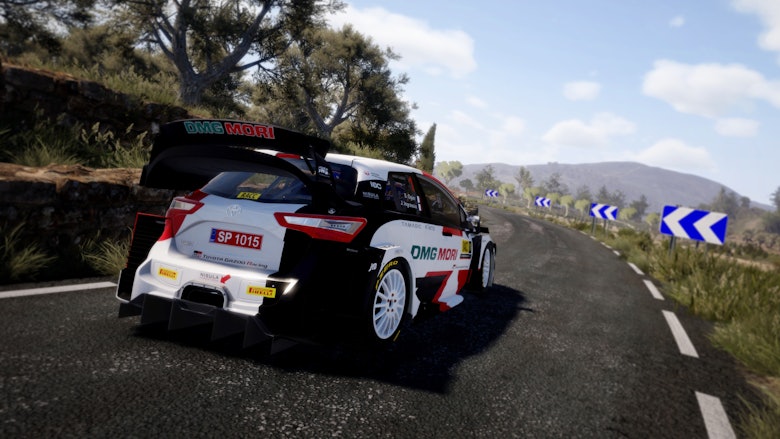
“It won’t slow down well if you’re in a panic and you’ve noticeably overshot your braking point and you have to push the pedal harder. It’s not going to be forgiving as you’d have had in WRC9, where you could pretty regularly overshoot the braking point, mash the brake pedal down, crank the wheel and you’d eventually get around.”
Last litmus test. DiRT Rally 2.0 has pretty much held the crown for top rally sim of the modern era – though some may argue Richard Burns Rally from all the way back in 2005 is still yet to be bettered – but how does WRC10 stack up to it?
“There’s more challenge to it and a lot of the penalties you would get for overdriving are more apparent in WRC10 than they would be in DiRT Rally 2.0. You have to be more careful,” Fox summarizes.
Where to buy WRC10
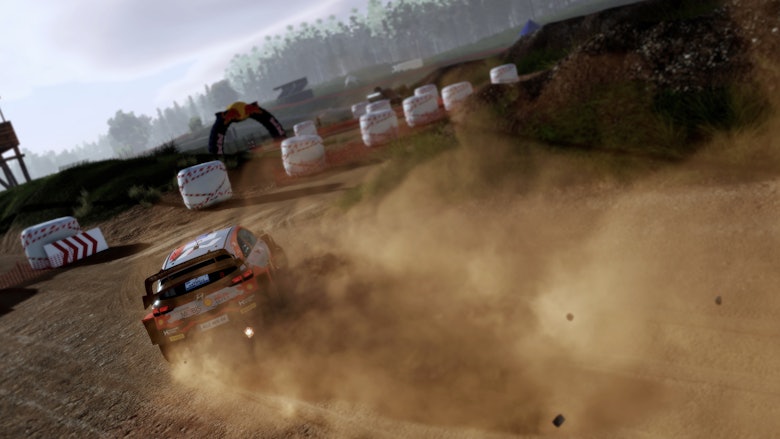
WRC10 is being released on Steam and Epic Games for PC and both the current and previous generations of console – PS5 and PS4 if you’re a Sony user and Xbox Series X|S and Xbox One if you’re in the Microsoft camp.
Players in Europe can get WRC10 from Thursday September 2 while those in North America will have to wait until Tuesday September 7 for their turn. There’s also a Nintendo Switch variant in development with an unconfirmed release date.
Only the Deluxe version features the 50th anniversary events, but if you’re a proper rallying fan it’s worth the extra money. The base game isn’t really worth the money if you have WRC9 – the driving dynamics might have improved but it’s the retro content that really adds something extra to the newest edition of the game.
